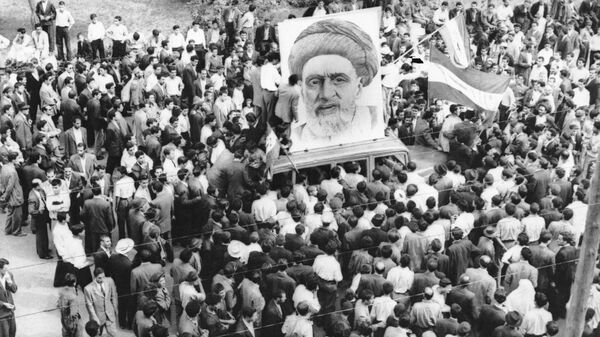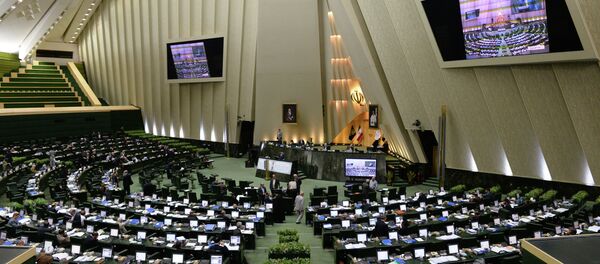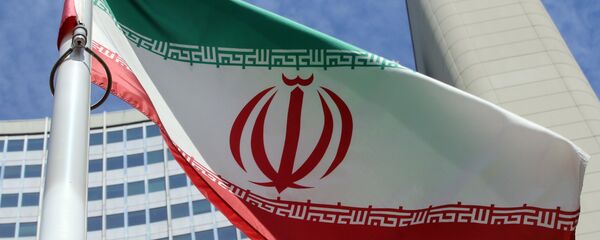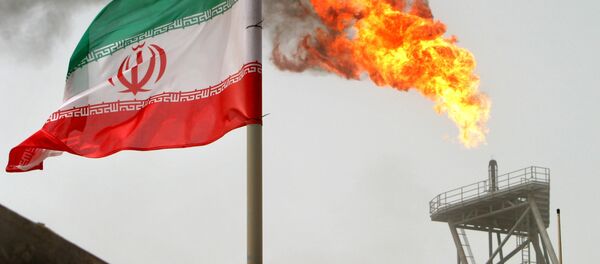A new 1,007 page report has been released, primarily consisting of letters and diplomatic cables from the years leading up to the coup. The files mostly came from American officials to Iran, expressing concerns about increasing Soviet influence over Mosaddegh and concerns over political instability following the 1951 assassination of then-Prime Minister Haj Ali Razmara.
The British, on the other hand, were incensed at Mosaddegh's nationalization of the Anglo-Persian Oil Company, which had been owned by British oil interests. The British supported the coup to ensure the profits continued to come their way.
"Nationalization of the oil industry possibly combined with further assassinations of top Iran officials, including even the shah, could easily lead to a complete breakdown of the Iran government and social order, from which a pro-Soviet regime might well emerge leaving Iran as a satellite state," reads one CIA analysis included among the reports.
To prevent this, the CIA undertook Operation Ajax. They "stockpiled enough arms and demolition material to support a 10,000-man guerrilla organization for six months," according to the report, in addition to paying $5.3 million in bribes ($48 million in today's dollars) to marshal anti-Mosaddegh elements. "Several leading members of [Iranian] security services are paid agents of this organization."
In an ironic twist, the CIA also expressed a desire to use "powerfully influential clergy" within Iran to back the coup. These same clergy would be the core of the Iranian Revolution in 1979, which replaced the US-backed Shah Mohammad Reza Pahlavi with the present day Islamic government.
The documents showed that the American intelligence officers didn't have a very high opinion of the shah, who they called a "petulant" and a "weak reed." The shah ruled Iran as an oft-brutal monarch for 26 years after the coup.
"His inability to take decisions coupled with his tendency to interfere in political life has on occasions been [a] disruptive influence," wrote a US embassy official in February 1953.
The covert activities of the CIA and MI6 to aid royalist factions in Iran in overthrowing Mosaddegh have been known in broad strokes long before the State Department confirmed American involvement in 1989. However, the new report helps fill in various gaps in the covert operations' historical record.
The files expose "more about what we know about this milestone event in Middle East history and especially US-Iran history. This is still such an important, emotional benchmark for Iranians," said Malcolm Byrne, a scholar with the National Security Archive, a nonprofit research group that studies declassified US government documents.
"Many people see it as the day that Iranian politics turned away from any hope of democracy."
Byrne also suggested that the documents were only released now because of declining relations between Iran and the United States, after a brief period of reconciliation after the Iran nuclear deal was inked in 2015. It only took the Trump administration two months to release the new files, Byrne said.
"That kind of speed is unheard of in the government unless there is some sort of political foundation."





